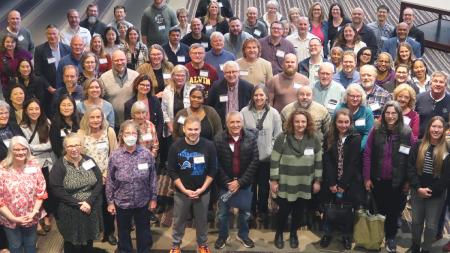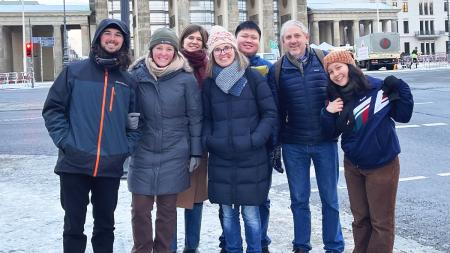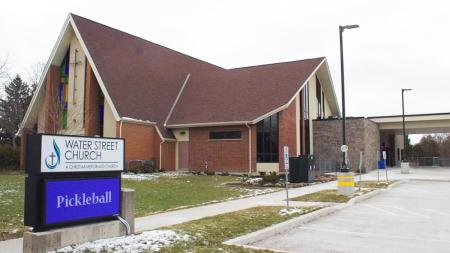Including Stroke Survivors in Worship

Calvin College communication arts and sciences professor Peggy Goetz says stroke survivors face many challenges when attending worship services.
Stroke affects each person differently, but survivors often have challenges related to physical movement, socializing, understanding a sermon, paying attention during long services, singing (either because they can’t read or can’t find the tempo or pitch) or participating verbally.
“Those with ‘invisible strokes’ face social misunderstandings when they appear not to be paying attention or listening. Many stroke survivors go through depression or experience difficult moments of uncontrolled emotion,” she says in one of two interviews conducted by writer Joan Huyser-Honig and recently posted on the website of the Calvin Institute of Christian Worship.
Since stroke is a leading cause of disability in adults around the world, so most congregations probably include—or will soon include—stroke survivors, says Goetz, who has been helped in her research by her students.
And since about a third of stroke survivors suffer from some form of communication impairment the implications for churches are significant.
Goetz says her research focuses on disability studies, an academic field dealing with the social model of disability, which emphasizes changing things politically or socially for people with disabilities.
She says she has found that "typically churches are very involved during the initial crisis and rehabilitation. They visit stroke survivors in the hospital, pray, call, send cards or email, and provide food," adding that "most churches are very good at this type of support."
But after the initial crisis, she says, churches are not so good at support. And worship presents many challenges for stroke survivors.
In the second interview posted by the institute website, she says that it is important to get to know the stroke survivors in your church and that to develop intentional and creative ways in which to include them in worship.
“The main thing is to spend some time with them. Visit them at home or meet them for coffee. Those ‘coffee break’ moments when you can just sit and chat and not have any pressure to speak are the best for someone with a communication disability,” she says.
“These conversations will give you an idea of the stroke survivor’s specific challenges, whether with listening, reading, understanding or physical movement.”


